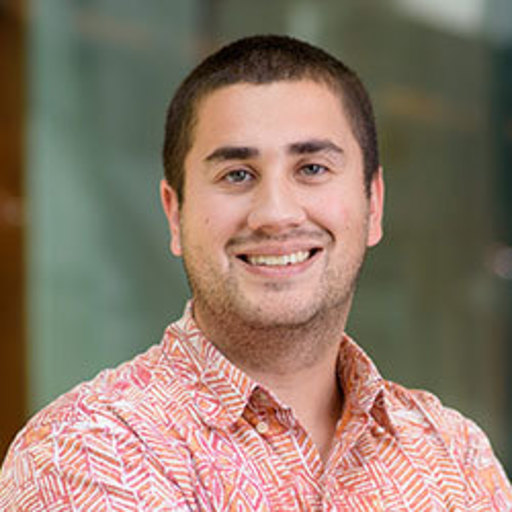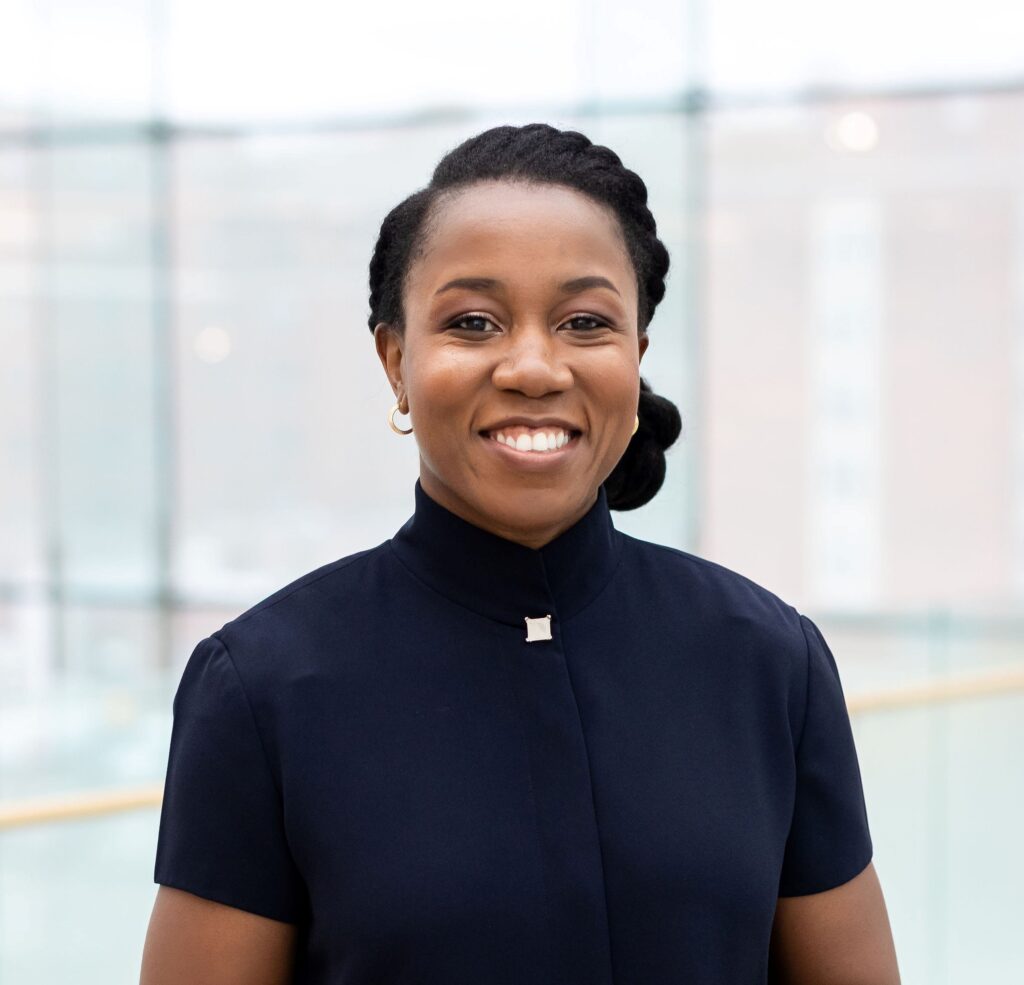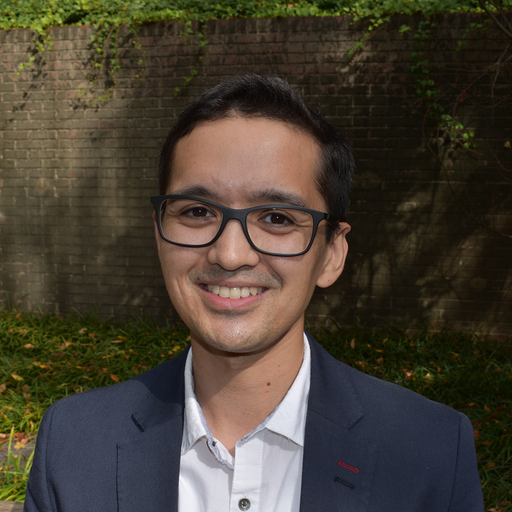What’s the goal?
Our goal is to support Pūʻōhala School teachers in their efforts to develop, implement, and sustain a technology curriculum at Pūʻōhala School, using an assets-based design approach.
What is assets-based design?
Assets-based design is a problem-solving approach that recognizes and uses existing strengths, tools, and resources. Instead of reinventing the wheel, we take a look at what you already have in your toolbox and find new and effective ways to build and create based on those assets.
This results in systems that are more sustainable and impactful – because they’re based on the tools you already know and love.
Why Assets-Based Design for Teachers?
Teachers are already superheroes, juggling countless tasks and responsibilities. Instead of burdening them with new tools and methods, we embrace what they’re already comfortable with. Asset-based design, in the context of education, means enhancing teaching practices by building upon the tools and methods teachers already use daily.
How Does it Work?
Imagine a teacher’s go-to tool is a digital platform for lesson planning and communication. Instead of introducing a completely new system, assets-based design might add features to an existing platform or explore ways for the existing tool to support more teacher tasks. By using familiar platforms and workflows, we ensure that the learning curve is minimal, saving teachers valuable time and energy.
What can this look like at Pūʻōhala School?
Once we identify the assets that teachers know and love, we’ll put together a set of effective and appropriate design recommendations, that:
(1) results in teacher-informed improvements to Pūʻōhala School’s developing technology curriculum that better support teachers, especially those with non-technical backgrounds, to feel confident in teaching subject matter related to technology.
(2) enables assets-based design for future implementations of culturally responsive technology curriculum from schools or HIDOE, increasing the chance that these implementations will have longevity and impact.
This project builds on the PNP project – a collaboration between Pūʻōhala School, the Ka Moamoa lab, and the Pacific American Foundation to develop culturally relevant place-based computer science education.
Meet the team

Josiah Hester
Josiah is a Kānaka Maoli Associate Professor of Interactive Computing.
He directs the Ka Moamoa lab, which focuses on sustainable computing, conservation, and culturally empowering education.

Judith Uchidiuno
Judith is an Assistant Professor of Interactive Computing.
She directs the Play and Learn Lab, which focuses on culturally informed CS education technologies.

Rachel Baker-Ramos
Rachel is an MS Human-Computer Interaction student.
She is a designer with experience in culturally relevant education and designing with communities.

Leah Cho
Leah is an MS Human-Computer Interaction student.
She is a researcher focusing on data visualization and sustainable design.

Will Gelder
Will is an MS Human-Computer Interaction student.
He is a researcher with experience in co-design with a focus on place-based education.
What’s the plan?
Here are some of the collaborative activities that are part of this effort! Teachers will always be given the option to participate or not, if and when they are asked to be part of these activities. All activities will be planned with mindfullness to teachers’ busy schedules.
Class Visits
We’ll be sitting in on some of the classes at Pūʻōhala School, to see how teachers are currently using assets to teach and engage with their students.
Conversations
We’ll start out with having conversations with kumu at Pūʻōhala School and STEM educational professionals who are of Kānaka Maoli or Pacific Islander descent, or are Kamaʻāina.
Co-design activities
Once initial assets are identified, we’ll do one-on-one or small group co-design activities with teachers, to explore creative ways to use their assets to teach the technology curriculum.
Why Co-design?
Co-design activities are a great way to encourage teachers to express their thoughts and ideas regarding assets, particularly when they may not typically talk about what they do in these terms. These activities involve collaborating with teachers to uncover existing assets, through creative activities. Here are the key benefits:
Universal: Teachers from any background can actively participate in the creative process.
Creativity: Co-design fosters creativity and imagination.
Confidence: Teachers gain confidence by seeing their contributions valued.
Problem Solving: They learn to overcome challenges together.
Reflection: Teachers learn to reflect on their ideas and improve communication.
Inclusivity: Co-design activities can be tailored to accommodate diverse abilities.
In short, co-design activities are a creative and engaging method for anyone to express themselves and collaborate effectively.